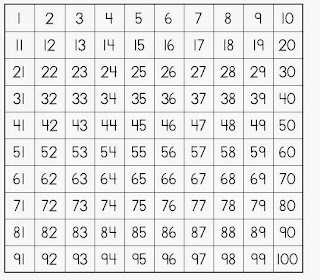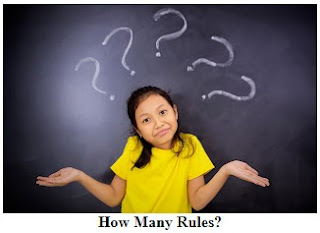 |
| $2.80 |
We may consider the Christmas tradition of reading the Nativity story a given, but after hearing others talk, it often gets overlooked in the hustle and bustle of opening gifts and preparing a big meal. The Christmas Story helps children discover one of the most important stories of all time. Through this story, children come to understand the events leading up to Jesus' birth and this special miracle. It introduces children to the reason why we celebrate this special day, and shares with them the wonderful gift from God.
I am aware there are numerous Christmas activities to choose from and many times, it is difficult to separate the "secular" Christmas activities from the Biblical ones. Maybe you are wondering, "What activity can I use to tell the Christmas Story in a different way?" Try using a crossword puzzle!
I have created two Bible crossword puzzles for Christmas that are specifically designed to review and study the birth of Christ as recorded in the Bible. Both are free form crossword puzzles that feature 25 words with Scripture references. If an answer is unknown, the Bible reference provides a way to find the answer while encouraging the use of the Bible. The words included in both puzzles are Bethlehem, Caesar Augustus, December, east, Egypt, Elizabeth, frankincense, Gabriel, glory, gold, Jesus, Joseph, King Herod, magi, manger, Mary, Merry Christmas, Messiah, myrrh, Nazareth, Quirinius, save, shepherds, star, and terrified.
One crossword includes a word bank which makes it easier to solve while the more challenging one does not. Even though the same words are used for each crossword, each grid is laid out in a different way; so, you have two distinct puzzles. Here are some ways you might use these crosswords.
- Pass them out while the children are waiting to open presents. It might change their focus!
- Include the adults in the puzzle solving by giving them the crossword without the word bank.
- Work with a sibling or cousin or friend to learn the characters of the Christmas story.
- Use the crossword with the word bank as a review; then hand out the second puzzle to solve as a way to reflect on what facts about Christmas have been learned.
- Offer a small prize to the teams or individuals that get all off the answers correct.
Answers keys for both puzzles are included; so, you don't have to search them out yourself.






































